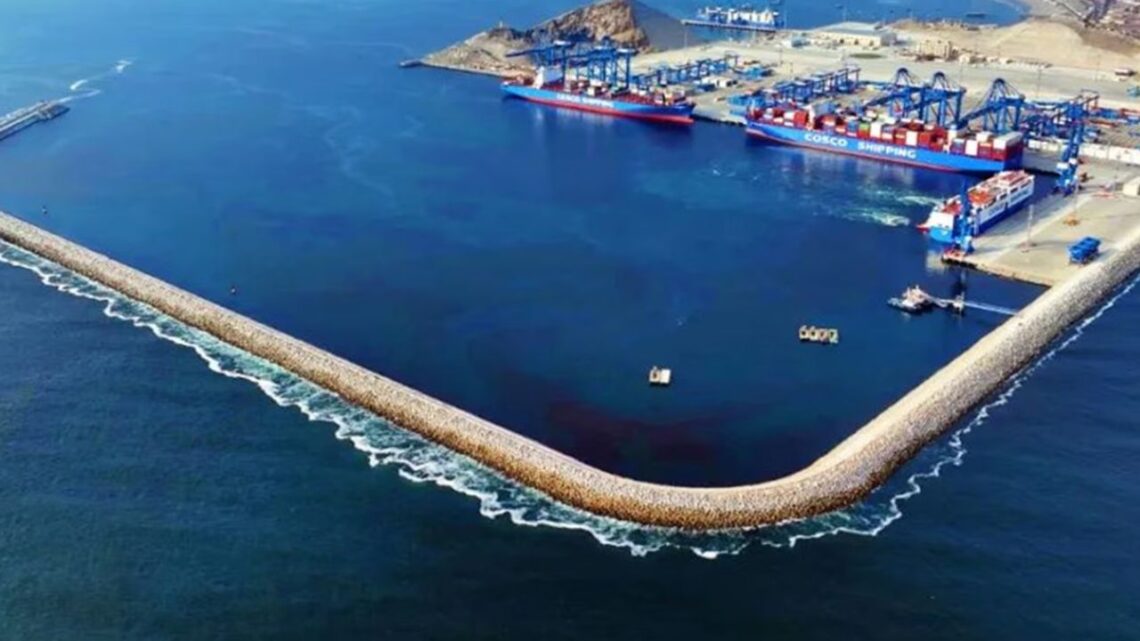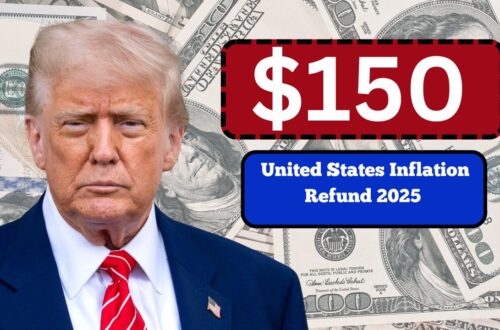Peru’s Chancay Port has rapidly transitioned from vision to operational reality.
Since its inauguration in late 2024 and full commercial launch in mid-2025, the China-backed deep-water terminal aims to become South America’s premier Pacific gateway for trade with Asia.
As Peru’s political landscape shifts, observers are asking whether Chancay may mark a geopolitical inflection point—a new “Panama moment”—or simply evolve into a powerful trade node.
What “Panama moment” implies
A “Panama moment” describes critical infrastructure that reorders trade networks and influence—akin to how the Panama Canal revolutionized connections between oceans.
In Peru’s case, Chancay risks being seen as a point of geopolitical projection by China if not carefully managed.
The challenge: balancing strategic interests with commercial pragmatism and Peru’s sovereignty.
Project structure, scale, and timelines
Ownership & financing
Chancay is structured as a joint venture, with COSCO Shipping Ports (60%) and Peru’s Volcan (40%) collaborating in development, operation, and expansion.
The total investment is estimated at US$3.5–3.6 billion, reflecting a long-term buildout plan.
Phases & capacity
- Phase 1 delivers 4 berths (two container, two multipurpose) to immediately support international and regional trade.
- Over time, expansion could bring the total to 15 berths, making Chancay one of Latin America’s largest ports.
- Initial container throughput aims for 1–1.5 million TEU, with a longer-term target of ~3.5 million TEU by the early 2030s.
Ship access & route efficiencies
With deep channels and basin design, ultra-large container ships can dock at Chancay—vessels that once bypassed the South American west coast.
Direct Asia–Chancay routes have reduced transit times to about 30 days, cutting logistics costs by ~20%. Some projections even suggest Asia–Peru sailings could drop to ~23 days with optimized routings.
Trade dynamics & early traction
Chancay has already begun generating meaningful trade volumes. Initial operations moved goods worth roughly US$1 billion, creating revenue flows for both operators and government entities. O
n the export side, products like Peruvian blueberries are finding faster access to Southeast Asian markets, while inbound flows—electronics, manufacturing inputs—are more reliably delivered to Andean regions.
These shifts hint at broader reconfiguration of supply chains across Latin America.
Political, regulatory, and infrastructural challenges
Despite the momentum, Chancay faces several critical headwinds:
- Regulatory oversight & tariffs: The port’s status as a “private port for public use” draws scrutiny. Authorities have pushed for tariff transparency and oversight, prompting tension with the operator over pricing strategies and contract enforcement.
- Political turnover: With Peru recently undergoing a presidential change, stability and policy continuity are under fresh test. Any abrupt shifts could deter investor confidence or encourage renegotiations of concession terms.
- Connectivity & hinterland links: The port’s effectiveness depends on road, rail, and customs links inland. If overland corridors (especially to mining and agricultural zones) lag behind, Chancay may underperform despite its harbor capabilities.
- Geopolitical optics: Critics warn of overreliance on China in Latin American infrastructure, fearing strategic dependency. To avoid backlash, Peru must balance local stakeholder interests and regional diplomacy.
Why the “Panama moment” narrative is plausible—but uncertain
Strengths in Chancay’s favor
- Strategic geography: Positioned roughly 80 km north of Lima, Chancay offers a relief valve to overburdened Callao and sits closer to several export-producing regions.
- Scalable expansion: If the port successfully grows from four to fifteen berths and hits ~3.5 million TEU, it would rival top regional ports in capacity and influence.
- Trade realignment potential: As Asia–Andes direct calls scale, existing transshipment hubs and traditional routes may see transformational volume shifts.
Obstacles to the breakthrough
- Regulatory clarity and enforcement: Without dependable rules, investors and shippers may hesitate.
- Sustainability of political support: Long development cycles require consistent leadership alignment, which becomes difficult under volatile politics.
- Competition & regional alternatives: Other ports (e.g. in Chile, Ecuador) may intensify upgrades to deflect volume flows.
- Local resistance: Communities and industries may resist slow or opaque contracts, demanding a fair share of benefits and protections.
Chancay at a glance (2025, approximate)
| Metric | Latest Estimate | Significance |
|---|---|---|
| Ownership split | COSCO 60% · Volcan 40% | Reflects control and financing commitments |
| Total investment | ~US$3.5–3.6 billion | Long-term capital commitment |
| Phase 1 berths | 4 total (2 container + 2 multipurpose) | Enables initial operations |
| Planned full build | Up to 15 berths | Ambition to become regional powerhouse |
| Initial throughput target | ~1–1.5 million TEU | Medium-term operational aim |
| Long-term target | ~3.5 million TEU | Could reshape regional trade flows |
| Asia route example | ~30 days transit; ~20% cost saving | Major route optimization |
Chancay is not just a port—it’s a bet. A bet that Peru can manage regulatory, political, and infrastructural hurdles to let it mature into a new axis of Asia–Andes trade.
The “Panama moment” framing is justified: Chancay has the scale, the route potential, and the strategic backing to rewrite regional seaborne logistics.
But its destiny depends heavily on posture—how Peru secures transparent governance, durable policy, and robust hinterland links.
If those pieces align, Chancay may well become the pivot China and global trade peers have long sought in the Pacific Americas.









